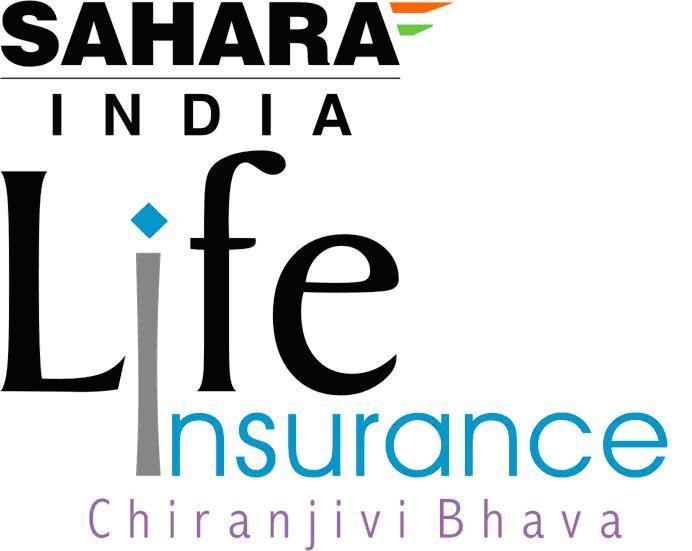What is Janani Suraksha Yojana and What are Its Benefits?
Launched by the Government of India, Janani Suraksha Yojana (JSY) is a maternity welfare scheme that aims to support pregnant ladies across India by reducing infant mortality rates. The JSY promotes institutional deliveries of pregnant women and has also helped in increasing the birth rate under medical facilities.
In this blog, we will learn everything about the Janani Suraksha Scheme, including its benefits, features, and eligibility criteria.

What is Janani Suraksha Yojana?
The JSY is a motherhood campaign in India under the National Rural Health Mission (NRHM). It was launched in 2005 by the Honourable Prime Minister and implemented in all states and UTs.
Janani Suraksha Yojana provides cash assistance (depending on the state and the beneficiary's location) to pregnant women who are in the BPL category and have reached the age of 19.
Below are some of the reasons why GOI (Government of India) has launched the Janani Suraksha Yojana.
- To encourage expecting mothers to have professional medical care during childbirth
- To provide prenatal and postpartum care, reducing maternal and infant mortality rates in India.
- To ensure better health outcomes for both the mother and the newborn.
- To offer financial assistance to economically disadvantaged pregnant women and cover the cost of the delivery and other healthcare facilities for the mother and the newborn child, creating a healthy environment for both.
Before we move forward to learn more about the Janani Suraksha Yojana, let’s understand the role of an entity that's significant in this scheme.
We are talking about ASHA (Accredited Social Health Activist)!
In simple terms, ASHA is a trained female community or social worker that is associated with JSY for the following responsibilities.
- Identify pregnant women as a beneficiary of the scheme and assist them in getting necessary certifications.
- Help the pregnant women receive at least three ANC checkups, including TT injections and IFA tablets.
- Make arrangements to immunise the newborn till the age of 14 weeks.
- Postnatal visit within 7 days of delivery to track mother’s health after delivery.
- Check the initiation of breastfeeding to the newborn within one hour of delivery and its continuance till 3-6 months.
Benefits of Janani Suraksha Yojana
Now, let's look at some of the key benefits of the JSY.
1. Financial Assistance
The JSY provides cash assistance for the delivery and other healthcare facilities. This financial support helps families who have low incomes to afford the proper medical care during childbirth.
2. Improved Health Care
The scheme allows women from lower-income families to seek professional medical care while giving birth. This has reduced the risks associated with home birth and prevented other complications related to the birth procedure.
3. Transportation Support
The JSY also provides transportation assistance to pregnant women to make sure that they reach the hospital or the clinic without any hassle. This support is especially useful for those women who live in rural areas where there are fewer medical services available.
Features of Janani Suraksha Yojana
- The JSY healthcare amenities are available across India, and all the states are divided into two main groups, i.e.,
- Low Performing States (LPSs): Uttar Pradesh (UP), Uttaranchal, Bihar, Jharkhand, Madhya Pradesh (MP), Chhattisgarh, Assam, Rajasthan, Orissa and Jammu and Kashmir.
- High Performing States (HPSs): All the other states fall into the category of high-performing states.
This categorization has been made based on their institutional delivery rate.
- To provide the benefits of Janani Suraksha Yojana to every woman, the government has partnered with many private hospitals, nursing homes, and clinics to ensure that healthcare services are offered to mothers, no matter what their location is.
Eligibility Criteria of Janani Suraksha Yojana
Below are the eligibility criteria for different categories of the Janani Suraksha Yojana.
|
Category |
Eligibility |
|
Low Performing States (LPS) |
All pregnant women delivering in Government healthcare facilities, including Sub-centre, PHC/CHC/ FRU / general district wards and state Hospitals or accredited private institutions. |
|
High Performing States (HPS) |
Pregnant women aged 19 years and above from Below Poverty Line (BPL) families and Scheduled Caste (SC) or Scheduled Tribe (ST) communities who’ll deliver in government healthcare facilities. |
|
In Both LPS and HPS |
Pregnant women from SC or ST communities are eligible for financial assistance even if they give birth at Government health centres like sub-centre, FRU/CHC/ PHC/ general district wards and state hospitals, or accredited private institutions. |
Each beneficiary registered under this Yojana must have a JSY card along with an MCH card.
Cash Assistance For Institutional Delivery
The amount of cash assistance is different for rural and urban areas.
Rural area:
|
Category |
LPS |
HPS |
|
Rural Region - Mother’s Package |
₹1,400 |
₹700 |
|
Rural Region - ASHA’s Package |
₹600 |
₹600 |
|
Total Amount |
₹2,000 |
₹1300 |
Urban area:
|
Category |
LPS |
HPS |
|
Rural Region - Mother’s Package |
₹1,000 |
₹700 |
|
Rural Region - ASHA’s Package |
₹600 |
₹400 |
|
Total Amount |
₹1,400 |
₹1,000 |
Steps to Apply For Janani Suraksha Yojana Online
Follow these steps if you want to apply for Janani Suraksha Yojana online.
Step 1: Visit the official website of the National Health Mission and click on 'apply online' to get the e-registration form. [1]
Step 2: Fill in the correct information in the form, including the mother's name, age, and address.
Step 3: Make sure all the information is accurate to prevent the rejection of your application.
Step 4: Attach the required document and proof of the information in the form.
Step 5: Click on the 'submit' button after completing the form.
Step 6: Save the generated code for future reference.
Steps to Apply for Janani Suraksha Yojana Offline
Follow these steps if you want to apply for JYS offline.
Step 1: Download the form by clicking on 'download offline form.'
Step 2: Print the form, fill out the information, and attach the documents
Step 3: Submit the form to an ASHA worker or Anganwadi centre.
Conclusion
Janani Suraksha Yojana is an important initiative by the Government that promotes safer childbirth by reducing the chances of infant mortality rates. The financial support provided by this scheme ensures better health outcomes for mothers and newborn babies across India.
Frequently Asked Questions (FAQs)
What is the Janani Suraksha Yojana scheme?
Launched under the National Rural Health Mission (NRHM), the Janani Suraksha Yojana is a welfare scheme for pregnant women that provides financial assistance with delivery and postpartum care.
Which states are considered LPS and HPS states?
LPS States: Uttar Pradesh (UP), Uttaranchal, Bihar, Jharkhand, Madhya Pradesh (MP), Chhattisgarh, Assam, Rajasthan, Orissa and Jammu and Kashmir.
HPS States: All the remaining states, other than LPS.
- Who is eligible to get cash assistance under the Janani Suraksha Yojana?
- In LPS States: All pregnant women delivering in Government health centres.
- HPS States: BPL category pregnant women aged 19 years and above.
- LPS & HPS States: All SC and ST women delivering in a government health centre.
How do you apply for the Janani Suraksha Yojana?
You can apply both online and offline to avail the benefits of this scheme. Visit the official website of the JSY and you will be able to see both the forms that need to be filled in.
References:
- https://nhm.gov.in/




























